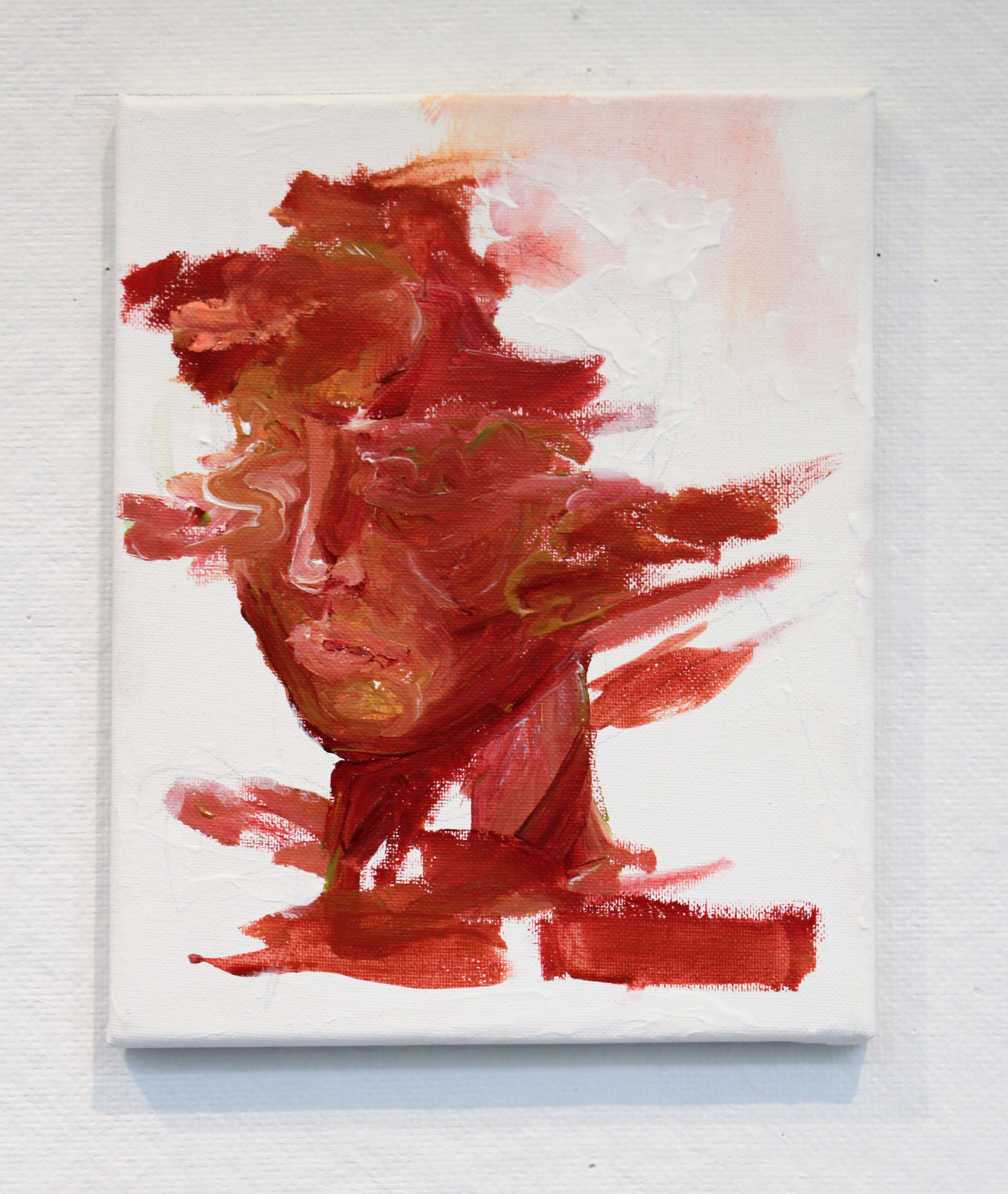undergraduate thesis
synthetic
I grew up near a beach with water that was never crystal clear. I know the plastic that makes it to the ocean disrupts sea life, but I never really questioned the number of disposable items that pass through my hands every day until I began to collect them.
My studio became a microcosm of our single-use culture. I physically hauled bags of garbage across campus from work, and consolidated aspects of my own material waste, like old expired makeup, and incorporated them into my artwork. I suspended some of the trash from the ceiling of my studio as a reminder that the single-use items that humans consume never really go away.
As I worked, I began to treat this aggregation of trash like it was a polluted fruit tree, plucking bottles or plastic bags as I needed them. I reincorporated the leftover materials and waste from completed pieces into new ones. Sometimes, this excess of material led me to new discoveries, like how fabric dye forms pigmented crystals when left to dry on a non-porous surface. A lot of my working style is left to chance. I often dropped canvases face-down over spills I’d created on accident, just to see what would happen.
My work is in many ways a celebration of material in all its dust and luster, but by attending to its best aspects, I also want to expose the synthetic, polluted landscape that humans have created.






